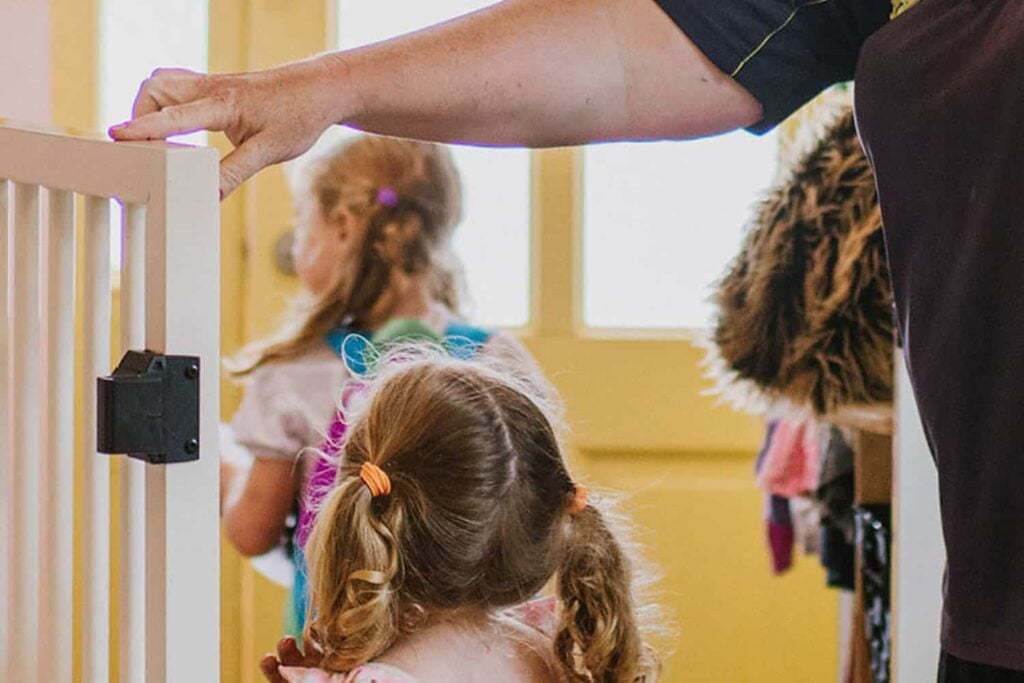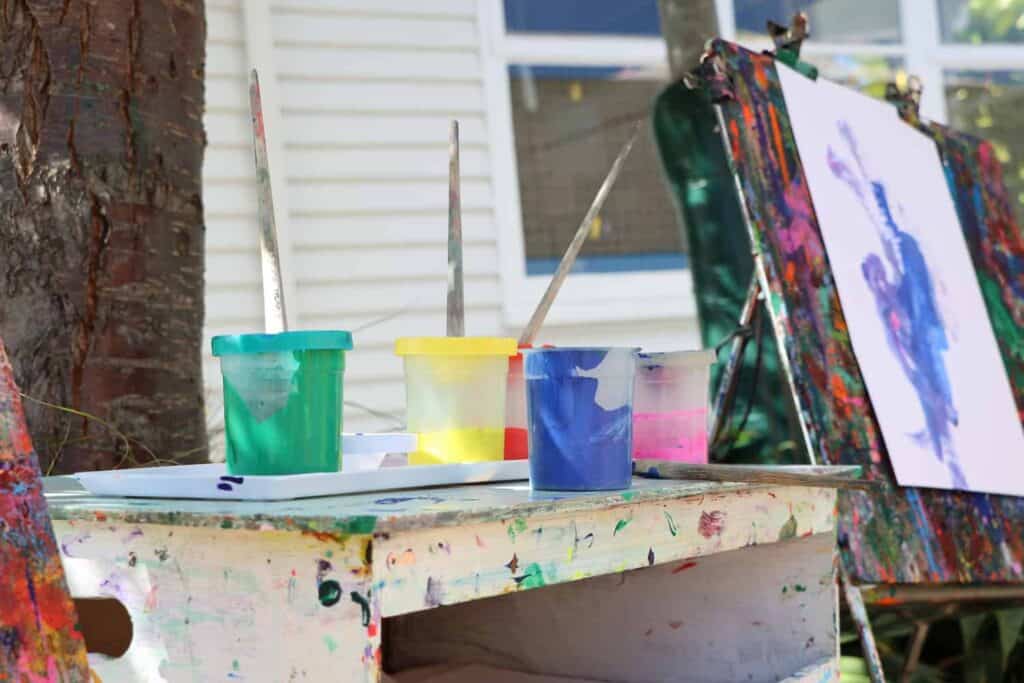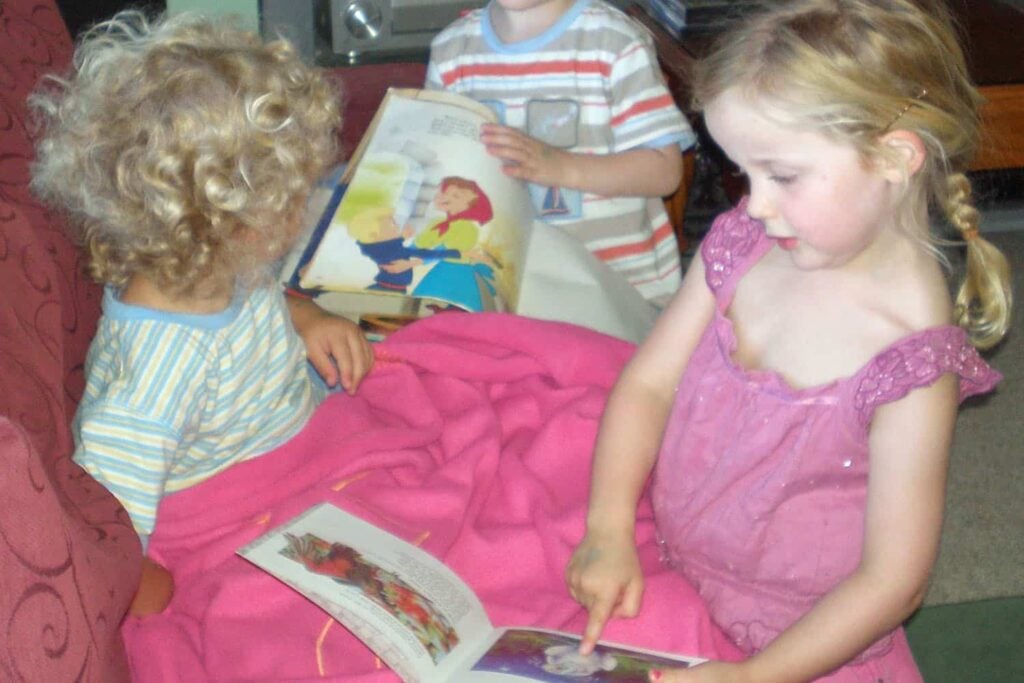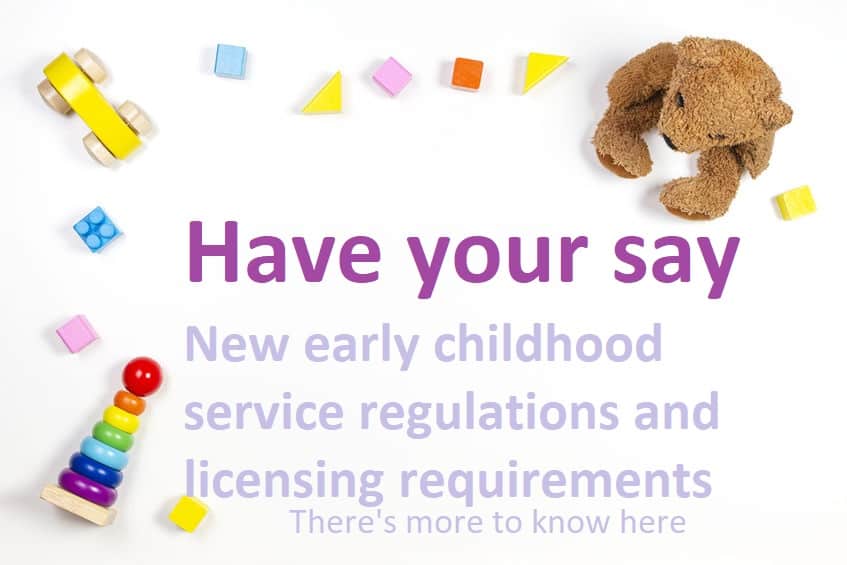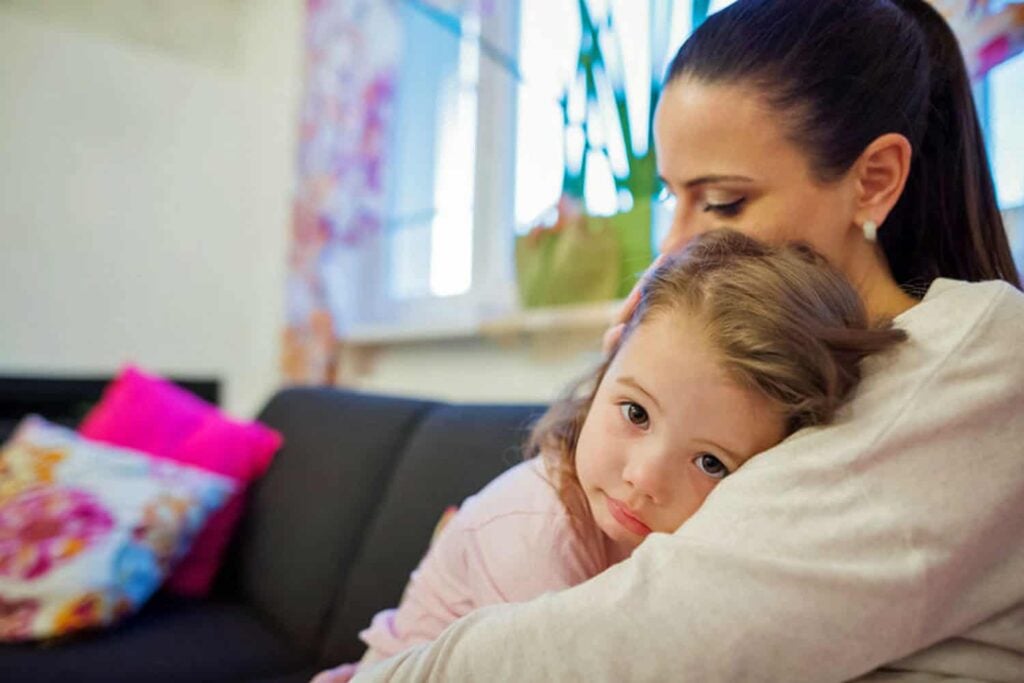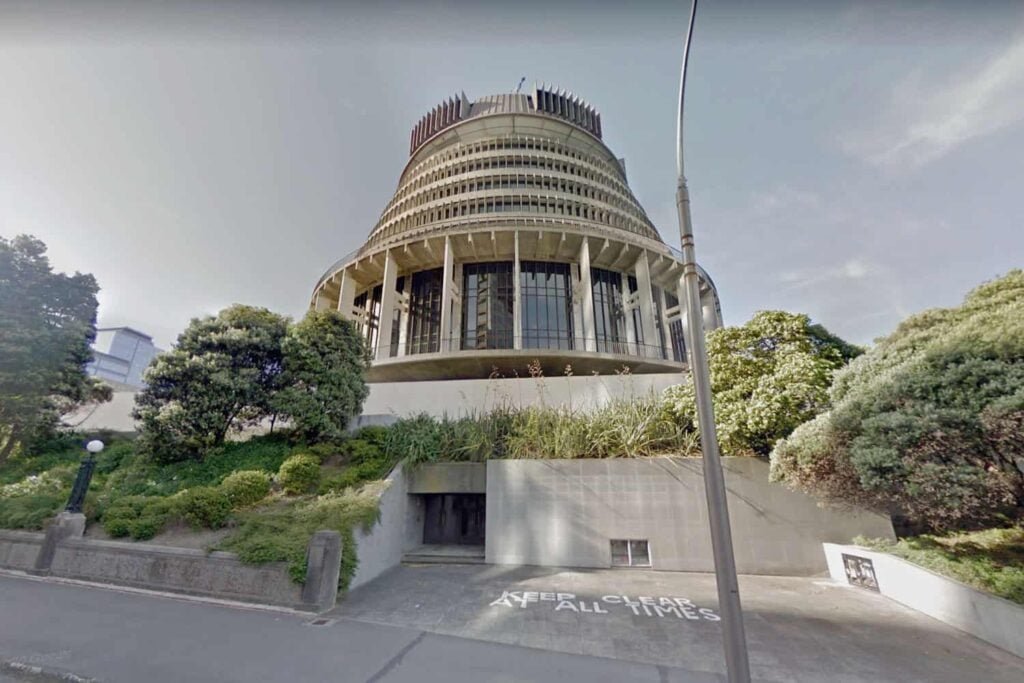February 21, 2019.
Prime Minister Jacinda Ardern is playing down any suggestions New Zealand’s diplomatic relationship with China is on the rocks. The number of school enrolments by Chinese students has plunged by an estimated 20 to 30 per cent, with record numbers of last-minute cancellations.
But in early childhood education China-NZ relations are nothing but friendly.
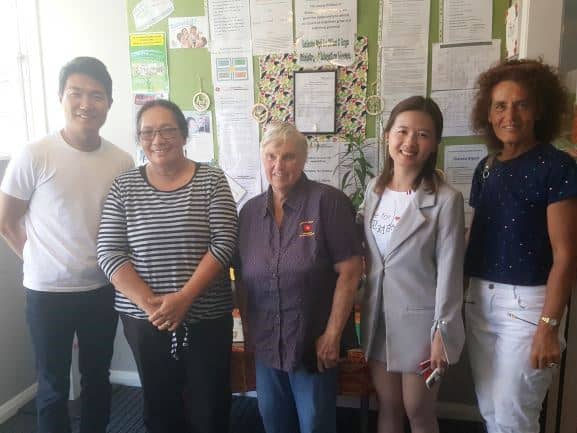
Early childhood services in Lower and Upper Hutt welcomed visitors keen to see first hand how we do early childhood education the kiwi way.
Nicola Rumens (Beststart Taita), Caroline Bowald (Gracefield Early Childhood Centre), Lisa Gibson (Elizabeth Ave Childcare Centre), Theresa Signal, Malo Taeao, Ankui Gui (Stokes Valley Community Centre) and colleagues were happy to answer questions and explain different practices – from organisational matters such as ratios and fees to teaching matters such as supporting children’s interests and supporting transitions.
The diversity of centres, especially on things such as building age and layout was noted. It was not always immediately obvious where centres were and that in NZ centres don’t tend to stand out with huge street and building signage. Centres can be inside school grounds, situated down quiet roads and in busy main streets.
In China nothing is thought of kindergartens having as many as 500 children. Our services seemed small and more casual with children having quite a lot of independence to be in different areas when they wanted to be. For example, a child was observed sitting on the floor in a hallway independently accessing their bag from the lockers and not with the other children and teachers.
They wondered why New Zealand early childhood centres do not all have cameras inside and outside watching to make sure people were kept safe.
The quantity of recording and policy work that teachers/ managers did/ had to do was a surprise and that so much time in addition to teaching was spent on this in NZ early childhood centres.
They were also impressed with our Te Whāriki curriculum and they wanted to know more about it.
in China, NZ’s approach to recording children’s learning as ‘learning stories’ has become popular and they want to know how the learning story is used to to assess and evaluate the child’s developments and when do teachers intervene or not to support the child.
The visit follows Dr Sarah Alexander’s invitation to China at the end of last year, and her presentations as the CEO of ChildForum, on NZ early education to the China Early Childhood Education Conference with more than 15,000 attendees.
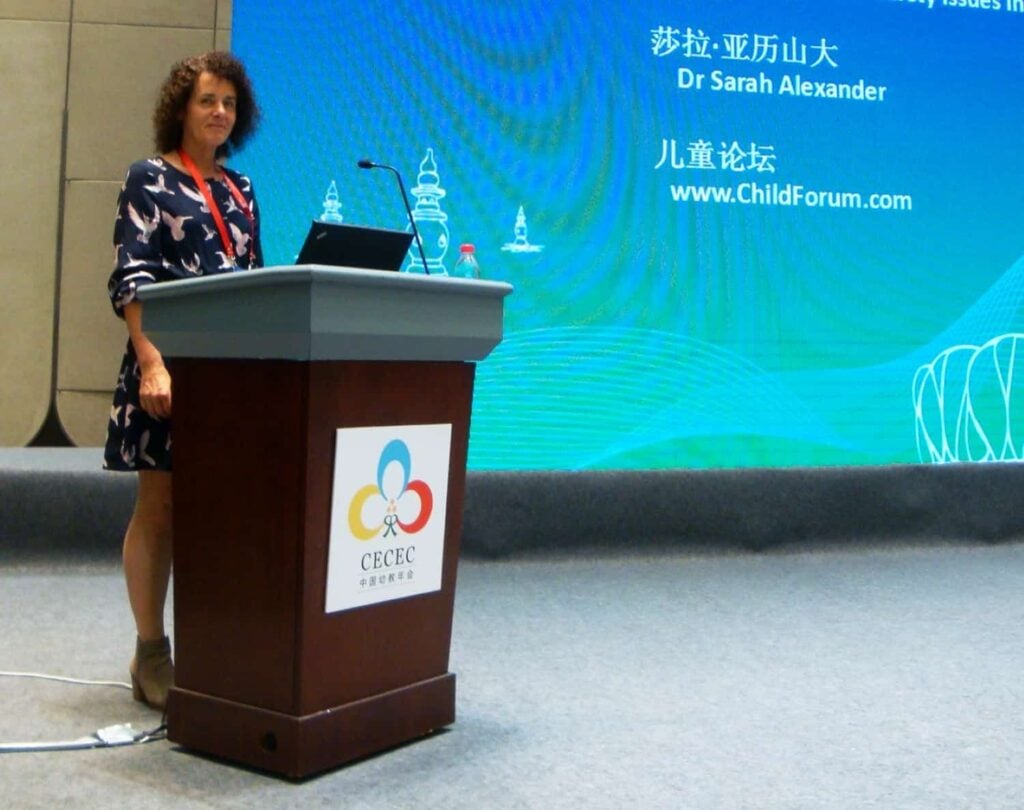
Dr Sarah says she found interest in NZ ECE among Chinese ECE administrators and educator to be very high.
“They are enthusiastic about embracing new ideas and hold NZ ECE in high regard.”
Interesting facts about China’s young population:
- The number of 0-6 year old children in China is over 1 billion.
- There are nurseries and daycare centres for younger children. The number of kindergartens alone is 240,000.
- A big funding boost by the Chinese state government and local government has helped support the preschool education sector.
- In 2017, the Law for Promotion of Privately-run Education Institutions was amended to encourage the development of privately-run kindergartens or preschools.
- With the abolition of the one-child policy, China’s birth rate is rising to a new height.
- By 2022, 76% of China’s urban population will be considered middle class, and this proportion was only 4% in 2000.
